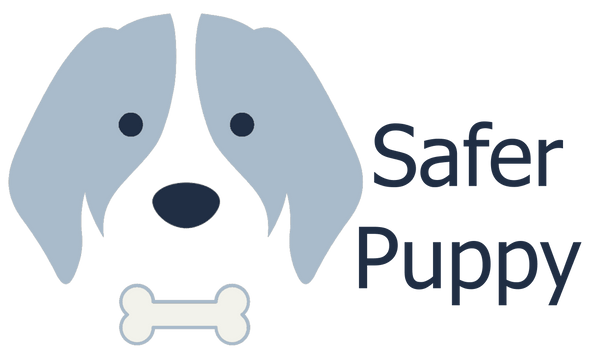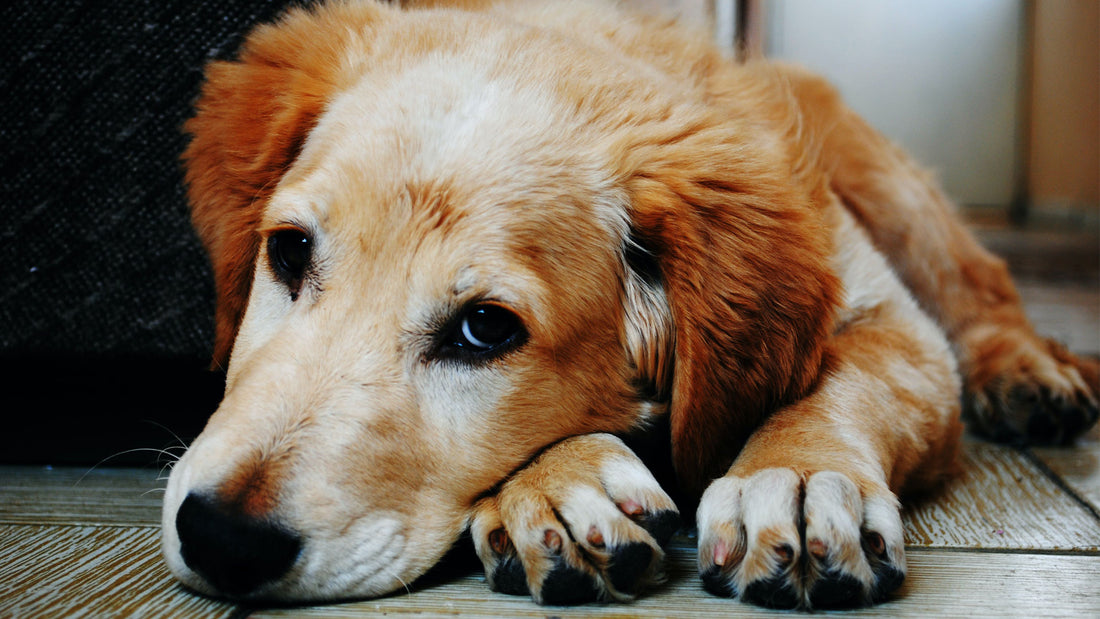Our beloved pups cannot be protected from everything they do or from every potential threat. To lessen the number of potentially harmful circumstances, there are still several things we can do. These 10 dog safety tips can assist you in safeguarding your favorite canine companion so you two can have long, fulfilling lives.
1. Always walk your dog on a leash in public
Even if your dog is well behaved and trained, you should always keep them on a leash when you're out in public. Dogs could become preoccupied by unanticipated sounds or activities or they might be drawn to something farther away.
Imagine what would occur if your pet tries to peer across the street as a car is driving by. You have control over where your dog travels while he or she is on a leash, and you can also keep your pet away from people or animals that might be scared of dogs.
2. Never allow your dog to wander off alone
Never let your beloved dog leave your side. Once your pet leaves your home or is no longer in your sight, a number of risks could arise. Even though the dog is amiable and well-behaved, some people might not like having it stroll around their garden. It is your duty as the pet owner to ensure that your animal stays in designated areas.
3. Keep your dog safe with a Personalized ID Tag
A collar and ID tag are your first line of defense against losing your dog, despite the fact that they may be low tech. They are the well recognized sign that your dog has a family and home. The person who finds your dog might not even be aware that additional ID options exist, such as tattoos or canine microchips. Therefore, whenever it's safe to do so, your dog should always be wearing an ID collar. You typically only have a few lines of text space on an ID tag, so pick your information wisely. For instance, if your dog has a major medical problem, that might be more crucial to mention than your dog's name.
Browse our collection of Personalized Dog ID Tags
4. Basic commands and obedience training
To keep them safe and prevent them from putting something dangerous in their mouth or running out in front of a car, we teach our kids fundamental, crucial commandments. Dogs should be taught particular commands for the same reasons. No dog is intelligent enough to recognize every single danger he can get himself into, whether you take him to the park, the vet, or just for a stroll. There are cars, open wells, bikes, and he might be stuck somewhere he can't escape. It is crucial that your dog learns to comprehend and comply with a few simple orders in order to make sure he behaves well in public and to keep him out of potentially hazardous situations.
5. Recognize that certain foods are harmful to dogs
Giving a pet "human food" encourages undesirable pet behavior and may even be harmful to our canine and feline companions. You should be aware of the typical meals that are harmful to dogs as a dog owner. The majority of people are aware that, in certain proportions, chocolate may be quite hazardous. Avocado, onions, garlic, grapes, raisins, macadamia nuts, raw eggs, candies, and anything containing caffeine are additional items that could be harmful to dogs.
6. Examine the state of each toy your pet has
Perhaps you don't realize it, but outdated and damaged dog toys can be rather dangerous. Make it a habit to periodically inspect your pet's toys for damage. To avoid becoming a choking hazard, everything that is cracked, splintered, or ragged should be thrown away.
7. Your dog needs to have dental treatment
Your pet may experience gum disease, tooth loss, and tooth pain just like you do. Like you, your pet benefits from routine brushing and dental cleanings to maintain strong, healthy teeth. By age three, many dogs begin to exhibit dental disease symptoms, which result in loose teeth and ongoing discomfort. You must regularly brush your pet's teeth in addition to having your pet's teeth cleaned by your veterinarian on a regular basis. Brushing, mouth rinses, and dental treats are all part of owner care. Your veterinarian is a fantastic resource for knowledge on proper brushing methods and tooth hygiene.
8. Maintain the physical and mental health of your dog
Dogs require daily mental and physical engagement in order to stay healthy, fit, and battle sickness. Two daily exercise sessions are beneficial for a regular, healthy dog. Swimming, running, strolling, and off-leash playtime in parks are all excellent methods to keep your dog in shape. But don't forget to engage your mind! Sessions of mental training help humans and dogs form and strengthen bonds while also keeping a dog's mind fresh. Make it enjoyable and stay away from mundane or repeated activities. Try training your dog agility drills in addition to tricks and commands. The ideal training sessions are short, interspersed with play or rest periods, and filled with lots of love and praise.
9. Secure all potentially harmful and chewable objects
If something (wires, scissors, glue, or medicine) could be harmful for your pet to ingest, move it to a higher level or store it in a cabinet or drawer. When you're not around, a dog that hasn't shown interest in something yet can get bored and go looking for it. Your dog will be much less inclined to chew on something if it is kept out of their reach.
10. Make a first aid kit for dogs
It's crucial to have a dog first aid kit on hand at all times, whether at home or on trips. The same supplies that you would find in a kit designed for people should be included in your kit, including gauze, medical tape, an antiseptic, hydrogen peroxide, a thermometer, your pet's medical records, and the phone numbers for both his or her veterinarian and neighboring emergency clinics.
Conclusion
You'll avoid a lot of trouble by sticking to these general safety guidelines. Make the most of your time together while keeping your dog safe!

